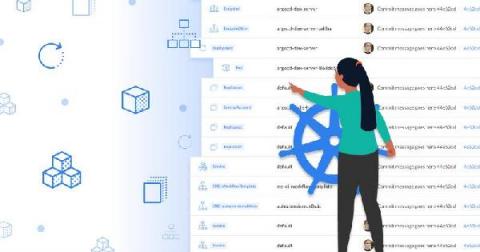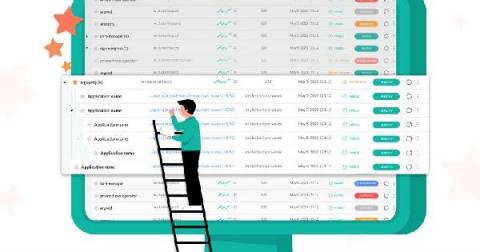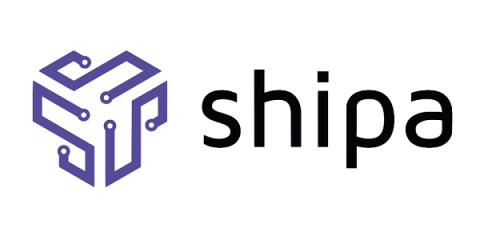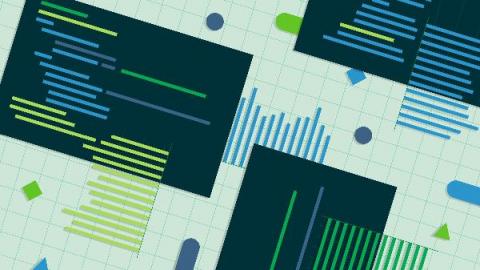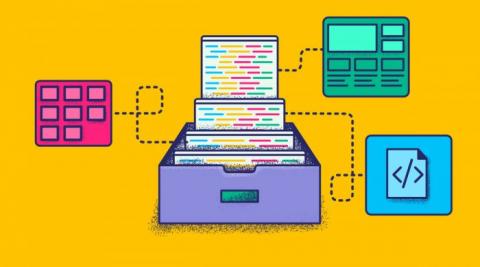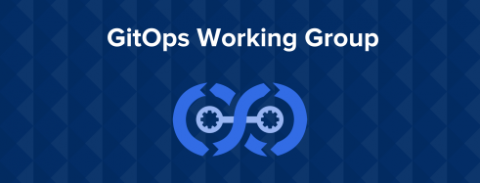GitOps Current State Dashboard
At Codefresh, we are fortunate to hear from customers of all sizes and nearly every industry. A common interest is visibility into deployments and their respective environments. As a company filled with software enthusiasts and developers, this strongly resonates with our culture and our passion for empowering developers. Visibility has been an area of continuous improvement for Codefresh and something we are committed to being the best at.


